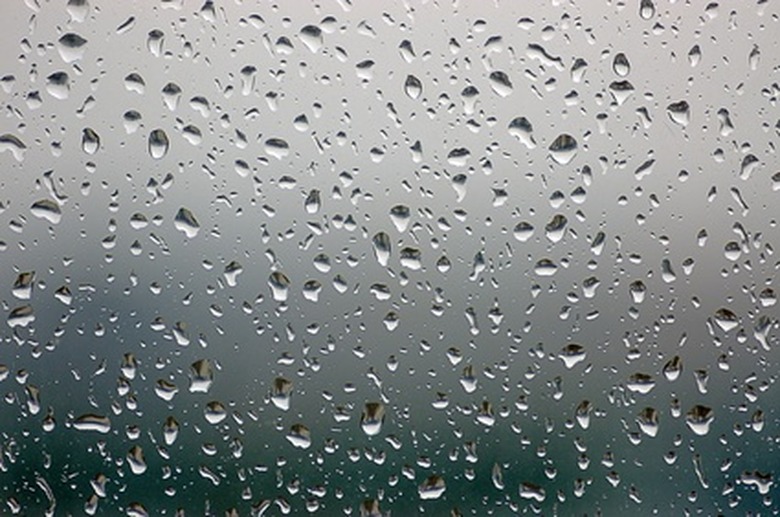Acid Rain Effects On Plants & Animals
Acid rain is defined as any amount of precipitation that has some level of toxic metals or chemicals. Even though acid rain can be caused by volcanic gas and debris, acid rain is also caused by the release of sulfur and nitrogen dioxides from fossil fuel production and industrial byproducts. When these particles are released into the air, they can accumulate in humid areas and be incorporated into the precipitation cycle, which continues their negative effects.
Acid precipitation is a growing problem in America and Europe, causing government agencies to instill laws and programs to counteract the negative effects of acid rain. In this post, we're going over what acid precipitation is and the effects of acid rain on plants and animals.
Acid Rain Definition
Acid Rain Definition
The acid rain definition actually includes all forms of precipitation including rain, fog, snow, hail, etc. It's when any precipitation has acidic properties, aka a pH below 7, as a result of sulfuric or nitrogenous components.
Acid rain can be caused by volcanic eruptions, but recently it has been attributed to the burning of fossil fuels along with industrial byproducts being spewed into the atmosphere.
Reduced pH Level in Water
Reduced pH Level in Water
Acid rain can make the water in lakes and streams more acidic and discharge toxic amounts of aluminum into a water system. Many aquatic animals cannot thrive in a low pH environment; acid rain has many negative effects on plants and animals in the environment.
The death of aquatic animals results in other animals within the habitat to have a lack of food, thus throwing the entire food web and ecosystem out of balance.
Damage to Forests, Plants, and the Food Web
Damage to Forests, Plants, and the Food Web
Acid rain damages the leaves of trees and plants, thus limiting their growth and exposing them to the metals in the air from the toxic rain. Depending on the severity of the damage, the vegetation can be stunted in its growth or the foliage can be stripped away. The damage can also destroy a plant's ability to handle cold or disease, which can also negatively impact the food web.
Poisoning of the Soil
Poisoning of the Soil
When acid rain absorbs into the ground, the soil becomes more acidic, which dissolves helpful minerals in the soil. Acid rain also releases toxic substances, such as aluminum, into the soil and has poisonous effects. The effect of acid rain on plants and animals can be mitigated under certain conditions, such as having a thick layer of soil and having certain types of bedrock under the soil to absorb the rain.
Effects of Acid Rain on Plants and Animals
Effects of Acid Rain on Plants and Animals
When fish are exposed to acid rain, the disturbed levels of minerals in fish will affect their reproductive system and the females will not release eggs. When certain fish are in water with a very acidic pH level, the mucus on their gills will become very sticky and will eventually stick together, causing them to be unable to receive oxygen from the water.
Case Study on Acid Precipitation
Case Study on Acid Precipitation
A study was done in the Netherlands about the exact effects of acid rain on a given habitat. They noticed that acid rain leached calcium from the soil, which was the primary source of calcium for snails in that environment.
The snails soon died off, which was the primary source of calcium for birds in that habitat. The birds had to look to other sources for their calcium, such as insects. The birds were not able to receive a significant amount of calcium and began to lay defective eggs.
Cite This Article
MLA
Franco, Atanacia. "Acid Rain Effects On Plants & Animals" sciencing.com, https://www.sciencing.com/acid-rain-effects-plants-animals-6326371/. 23 May 2019.
APA
Franco, Atanacia. (2019, May 23). Acid Rain Effects On Plants & Animals. sciencing.com. Retrieved from https://www.sciencing.com/acid-rain-effects-plants-animals-6326371/
Chicago
Franco, Atanacia. Acid Rain Effects On Plants & Animals last modified March 24, 2022. https://www.sciencing.com/acid-rain-effects-plants-animals-6326371/
